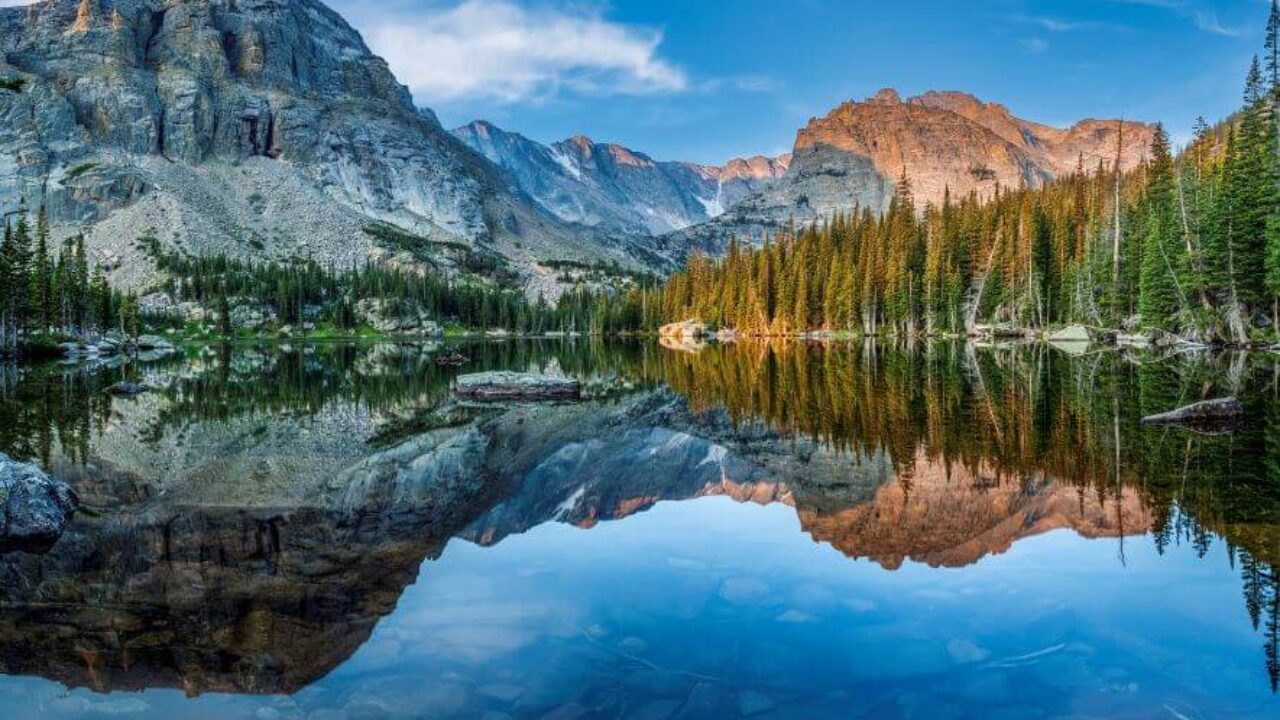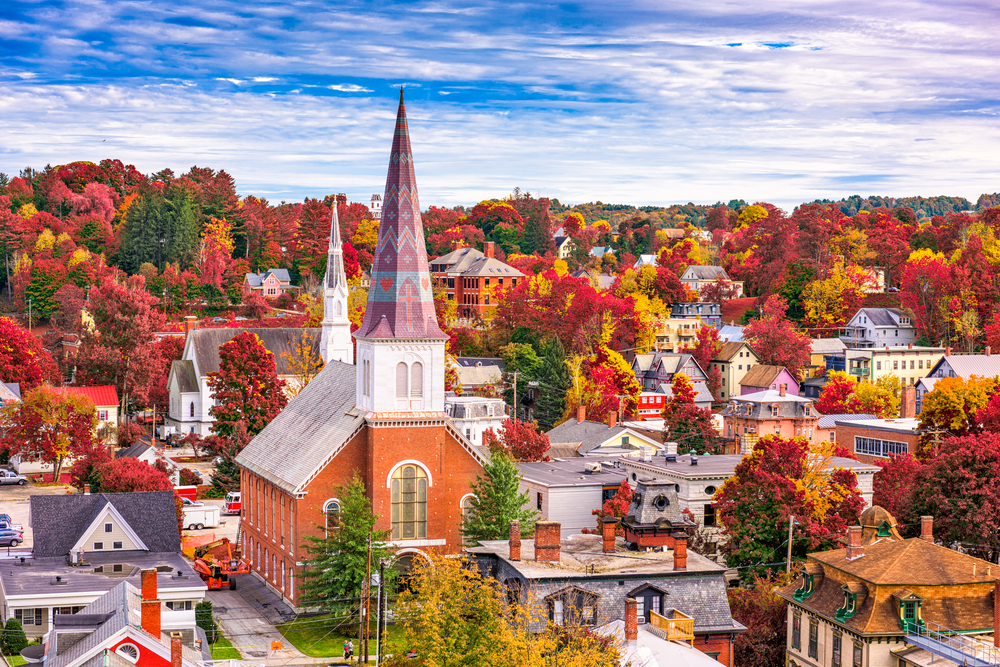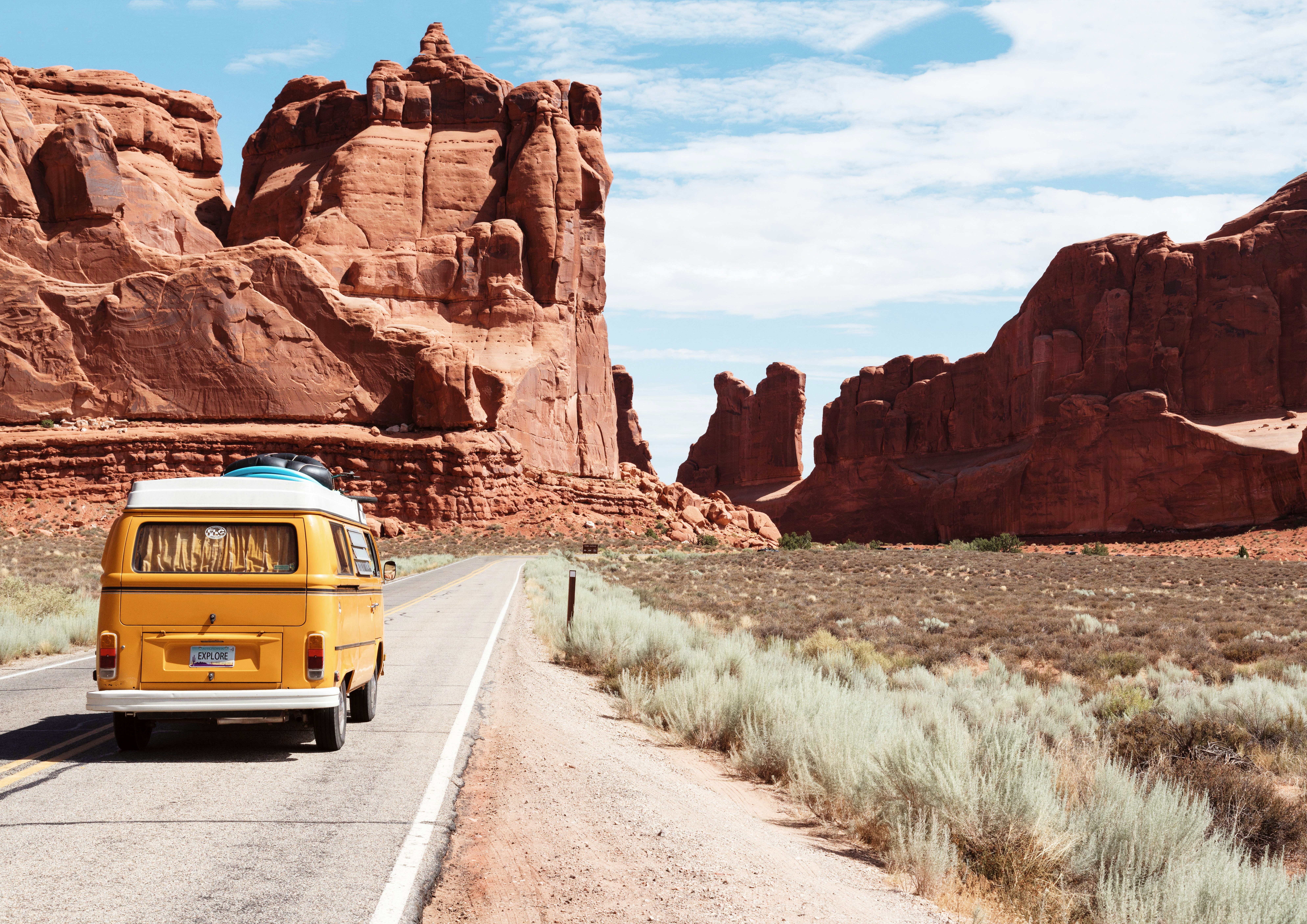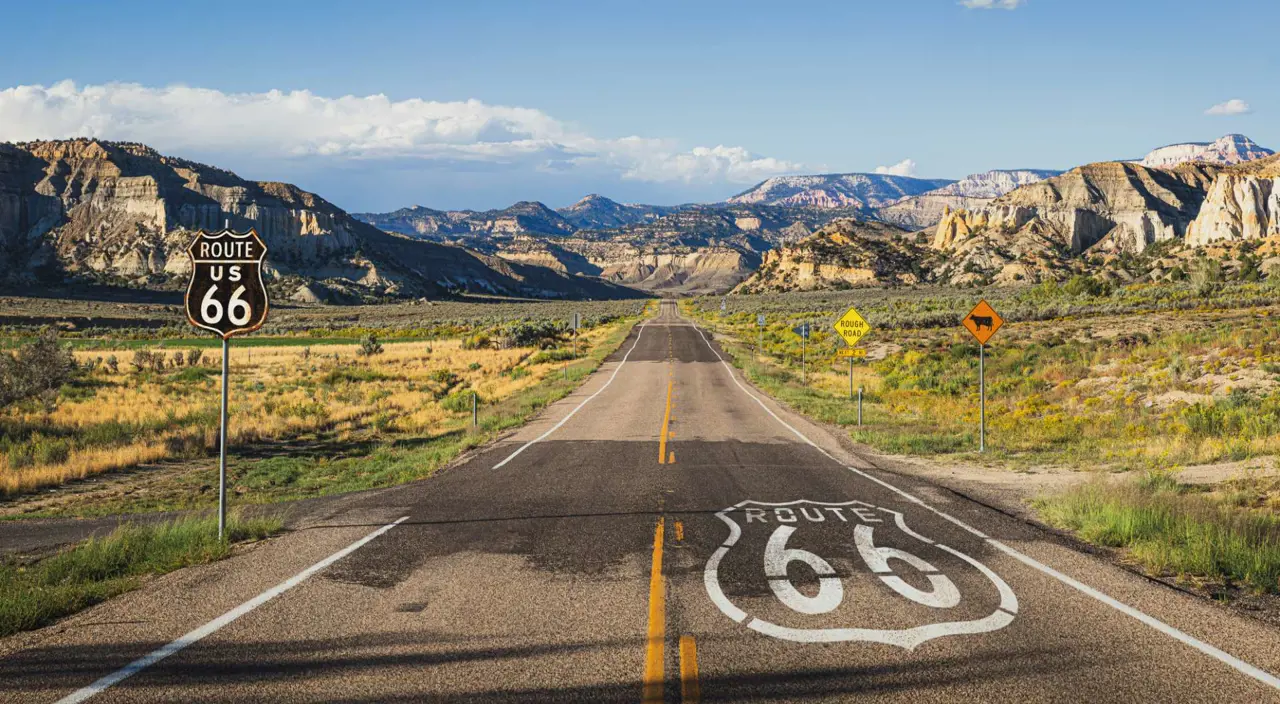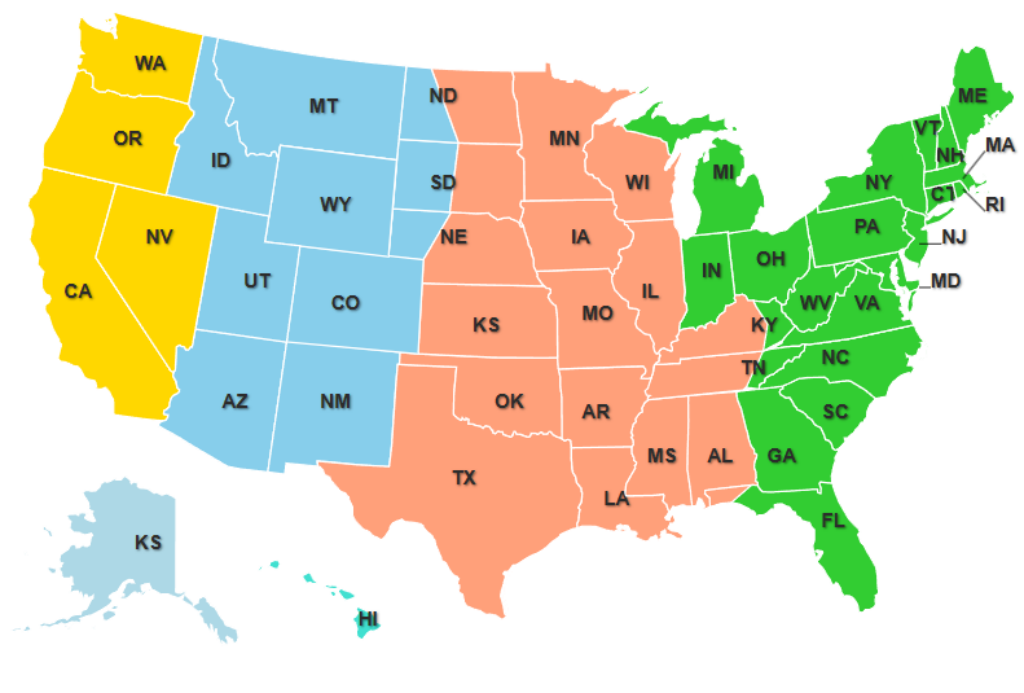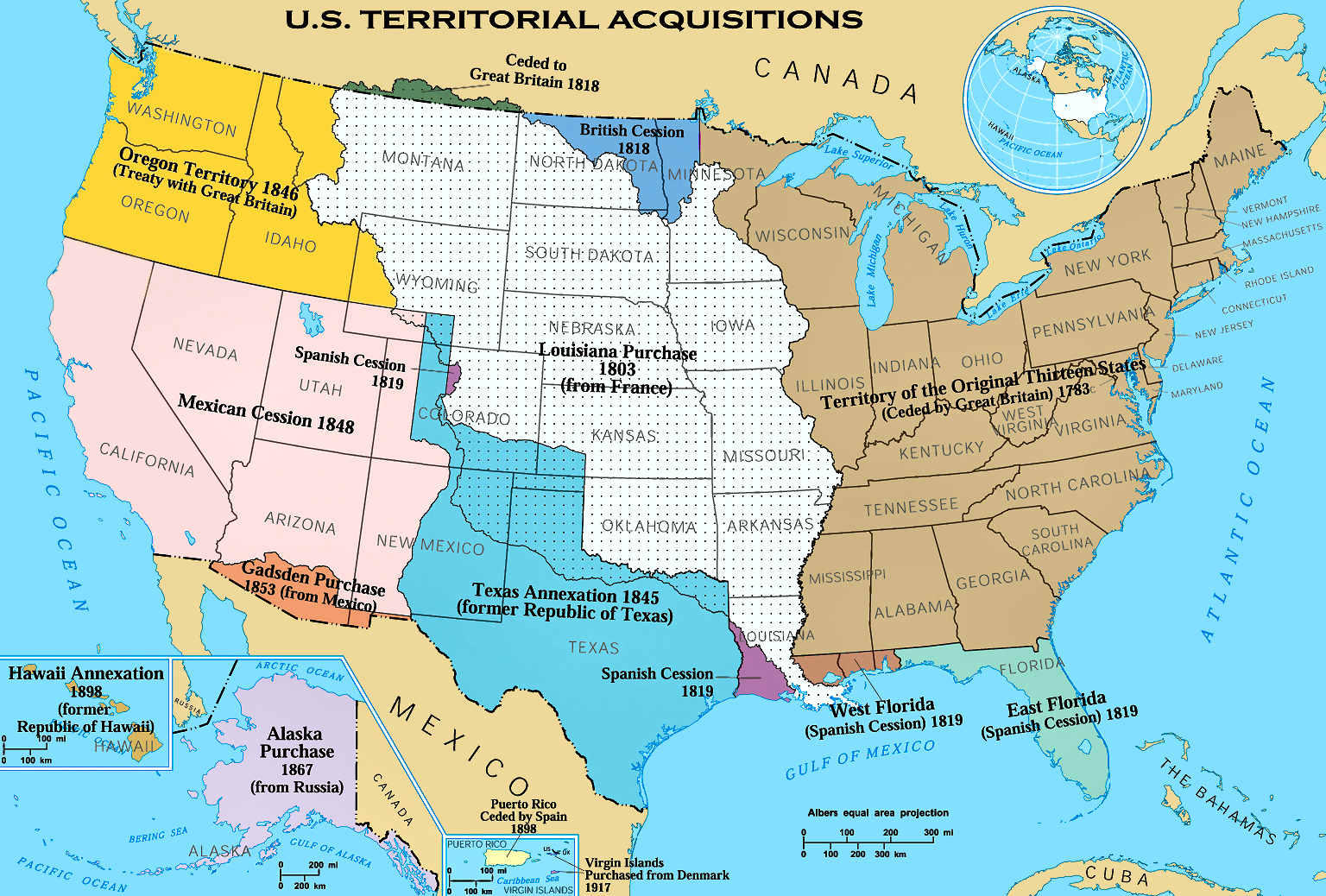Did you know there's a place in the US where you can stand in four states at once? Or that we have volcanoes bubbling with rainbow-colored hot springs? Or that Michigan has more freshwater coastline than any other place in the world?
Forget what you learned in fifth grade! The real United States is weirder, wilder, and more wonderful than your textbooks ever let on. Buckle up for a cross-country road trip through the strangest corners of American soil that most natives don't even know exist.
Extreme Points
The United States contains remarkable geographical extremes. Mount McKinley (Denali) in Alaska stands as North America's highest peak at 20,310 feet, while Death Valley, California, marks the lowest point at 282 feet below sea level. These extremes showcase the incredible diversity of American landscapes.
Beyond these well-known extremes, the US features other notable points. The westernmost point is Cape Wrangell, Alaska, while the easternmost is Point Udall, U.S. Virgin Islands. The northernmost point, Point Barrow, Alaska, experiences 67 days of continuous sunlight in summer, and the southernmost point, Ka Lae, Hawaii, features unique wind patterns that have shaped the local vegetation into unusual forms.
Temperature extremes are equally impressive, ranging from 134°F (56.7°C) recorded in Death Valley to -80°F (-62.2°C) in Alaska, representing one of the widest temperature ranges of any country in the world.
Unique State Features
Michigan's Unique Geography
Michigan has the longest freshwater coastline of any political subdivision in the world, with over 3,288 miles of shoreline. The state is also unique for being split into two peninsulas, connected only by the mighty Mackinac Bridge.
The state's unique shape was formed by ancient glacial activity, creating the Great Lakes and thousands of smaller inland lakes. Michigan contains over 11,000 inland lakes, with no point in the state being more than six miles from a natural water source. The state's distinctive "mitten" shape makes it one of the most recognizable state outlines in the country.
Hawaii's Growing Islands
The Hawaiian Islands continue to grow thanks to volcanic activity. The Big Island grows by about 42 acres per year due to lava flows from Kilauea volcano reaching the ocean and cooling to form new land.
The Hawaiian archipelago actually consists of 137 volcanic islands spanning 1,500 miles, making it the world's longest island chain. The islands are actually the peaks of massive underwater mountains, with Mauna Kea technically being the world's tallest mountain from base to peak (33,000 feet when measured from its underwater base).
A new Hawaiian island, Lō'ihi, is currently forming underwater and will emerge above sea level in approximately 10,000-100,000 years, demonstrating the ongoing geological processes shaping our planet.
Alaska's Superlatives
Alaska holds numerous geographical records: it has the longest coastline, highest peak, most active volcanoes, and largest glacier fields in the United States. The state contains more than 3 million lakes larger than 20 acres.
The state's Brooks Range contains gates of the Arctic, where the mountains create a natural divide between the northern and southern ecosystems. Alaska's permafrost, which underlies 85% of the state, is rapidly thawing due to climate change, dramatically reshaping the landscape.
The state's Inside Passage, a network of waterways between islands, spans 500 miles and showcases some of North America's most dramatic fjords and glacial valleys. Alaska also contains 17 of North America's 20 highest peaks and more than 70 potentially active volcanoes.
Remarkable Water Features
The Great Lakes contain about 21% of the world's surface fresh water, with Lake Superior alone holding enough water to cover all of North and South America in one foot of water. The Mississippi River system is one of the world's largest, draining 41% of the continental United States.
The Great Salt Lake in Utah is the largest saltwater lake in the Western Hemisphere, with a salinity even greater than the ocean. Its size fluctuates dramatically with rainfall, ranging from 950 to 3,300 square miles.
The Ogallala Aquifer, one of the world's largest underground water sources, lies beneath eight states and provides essential irrigation for America's agricultural heartland. This vast underground reservoir contains enough water to fill Lake Huron, though it's being depleted at an alarming rate.
Geological Wonders
The Grand Canyon reveals two billion years of Earth's geological history in its walls. Meanwhile, Yellowstone National Park sits atop a supervolcano and contains half of the world's geothermal features, including the famous Old Faithful geyser.
The canyon's depth reaches over 6,000 feet at its deepest point, carved by the relentless flow of the Colorado River. The layered bands of colorful rock tell a story of ancient seas, swamps, deserts, and volcanic activity that shaped the American Southwest.
Beyond Yellowstone's famous geysers, the park features more than 10,000 hydrothermal features, including hot springs, mud pots, and fumaroles. The underlying magma chamber is so vast that if it were to erupt, it could impact global climate patterns.
The Carlsbad Caverns in New Mexico showcase another aspect of America's geological diversity, featuring more than 119 known caves, formed when sulfuric acid dissolved the surrounding limestone. The largest chamber, called the Big Room, is nearly 4,000 feet long and 255 feet high.
Climate Diversity
The United States experiences nearly every climate type found on Earth. From Alaska's arctic tundra to Hawaii's tropical rainforests, and from Death Valley's desert to Olympic National Park's temperate rainforest, the country encompasses remarkable climatic diversity.
The Pacific Northwest's temperate rainforests receive up to 200 inches of annual rainfall, while Nevada's Great Basin Desert gets less than 4 inches per year. This dramatic variation creates unique ecosystems and biodiversity hotspots throughout the country.
The Great Plains act as a natural corridor for weather patterns, where warm Gulf air collides with cold Arctic fronts to create the perfect conditions for tornado formation in "Tornado Alley." This region experiences an average of 1,000 tornadoes annually.
Florida's unique climate creates the only tropical wilderness in the continental United States, the Everglades, while Maine's northern forests experience some of the most dramatic seasonal changes in the country, with temperature variations of over 100 degrees Fahrenheit between summer and winter.
Tectonic Activity
The San Andreas Fault, stretching approximately 750 miles through California, marks the boundary between the Pacific and North American tectonic plates. This fault system moves about 2 inches per year, gradually reshaping the western coastline.
The Pacific Ring of Fire's influence extends beyond California, creating a chain of over 130 volcanoes in the Cascade Range, from northern California to British Columbia. Mount St. Helens' 1980 eruption demonstrated the powerful forces still shaping the landscape.
The New Madrid Seismic Zone in the central United States produced some of the largest earthquakes in continental U.S. history during 1811-1812, temporarily causing the Mississippi River to flow backward. This zone remains active, affecting eight states.
Alaska's Aleutian Trench, where the Pacific Plate subducts beneath North America, generates frequent seismic activity and created the Aleutian Islands chain, spanning over 1,200 miles across the northern Pacific.
Natural Resources
The United States possesses vast natural resources, including the world's largest coal reserves and significant oil deposits. The country also contains some of the world's most productive agricultural land in the Midwest's Great Plains region.
The Appalachian Mountains contain rich deposits of coal, while the Marcellus Shale formation holds one of the world's largest natural gas reserves. The Rocky Mountains are home to significant mineral deposits, including gold, silver, and rare earth elements.
America's forests cover about one-third of the country's land area, providing crucial timber resources and ecological services. The Pacific Northwest's old-growth forests contain some of the largest and oldest trees on Earth.
The country's renewable energy potential is equally impressive, with the Southwest's solar resources, the Great Plains' wind corridor, and significant geothermal resources in the West. The Great Plains' wind energy potential alone could theoretically power the entire nation.
Coastal Features
With over 95,471 miles of coastline, including territories, the United States offers incredible coastal diversity. Florida's coastline alone stretches for 1,350 miles, with unique features like the Florida Keys coral archipelago.
The Eastern Seaboard features extensive barrier islands, with North Carolina's Outer Banks spanning more than 200 miles. These natural barriers protect mainland coastlines while hosting diverse ecosystems.
The Pacific Coast's dramatic meeting of land and sea created features like Oregon's Thor's Well, a seemingly bottomless sinkhole in the Pacific, and California's Big Sur, where coastal mountains plunge directly into the ocean.
The Gulf Coast contains North America's largest wetland system, while Alaska's coastline features thousands of fjords and tidewater glaciers. The Aleutian Islands chain creates one of the world's most productive marine ecosystems, supporting vast populations of sea life.

